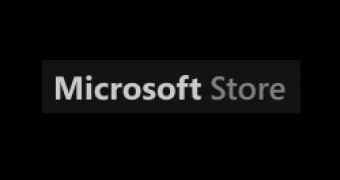As of November 13, the Microsoft Store is live in the U.S. The online hotspot was initially introduced on two markets in Europe, namely Germany and the U.K., and now is also available to customers from the company's home soil. With the Microsoft Store, the Redmond company is doing nothing more than cutting out the middle man when it comes down to distributing its products. The online hotspot is designed to sell both the software, hardware and devices produced by the company, with little interference from intermediaries. However, the biggest impact in this regard will be delivered to software retailers, since Microsoft is supporting a buy-and-download model, in addition to the buy-and-ship one.
“You pay for an ESD [Electronic Software Distribution] product just like you would for one that would be physically shipped to you. The big difference is that after your payment is confirmed, you can immediately download the product to your computer and install it right away,” revealed Trevin Chow, senior lead program manager, Windows Marketplace at Microsoft.
“The obvious fear for most users buying ESD products is not having the software on physical media to re-install the product at a later time. Microsoft Store solves this by letting you re-download the product until mainstream support for the product ends. Typically, this is 5 years after the product is released. You always have the option of copying the downloaded products to physical media if you want to have it available longer than the mainstream support lifetime.”
The Microsoft Store is now open for business in the U.S, the U.K., and Germany, with the company planning to deliver next online commercial hotspots for Korea, Japan, France, Spain and the Netherlands, with additional markets to follow. Chow explained that there are obvious advantages to the Electronic Software Distribution model, including Microsoft storing all product keys indefinitely, and the cutting down on the environmental impact, synonymous with dealing with packaged software.
“Lastly, in a world where lighter weight laptops, such as netbooks, are becoming more common, ESD makes things easier when an optical drive isn’t easily accessible. The first thing I do when I setup a new machine at home, is to run Windows update, and download all the freeware I use. By extending ESD to Microsoft software, we’re able to increase convenience across the board for a variety of customers, regardless of whether they are using a speedy desktop gaming PC, or the latest netbook,” Chow added.

 14 DAY TRIAL //
14 DAY TRIAL //